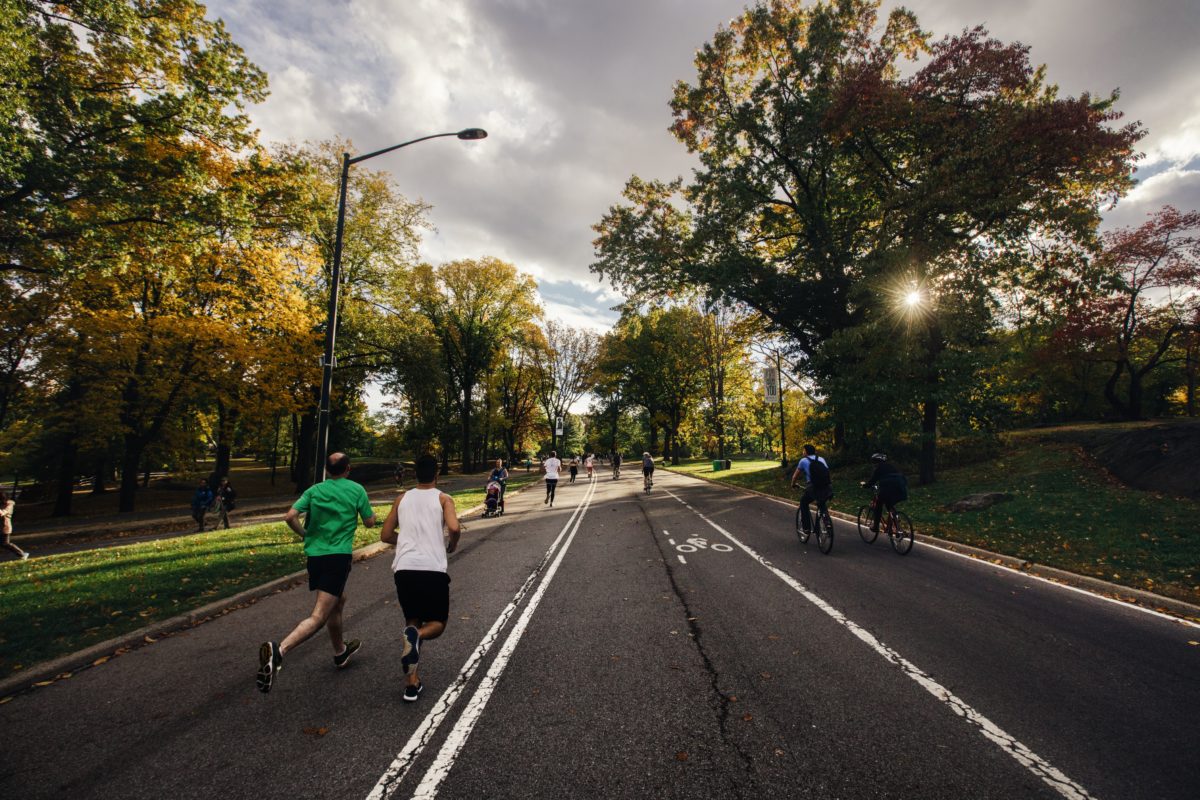It’s official: physical inactivity is a global crisis.
What’s happening: The World Health Organization (WHO) released its first-ever Global Status Report of Physical Activity, citing some dismal statistics and urging intervention from governments across the globe.
By the numbers:
- 81% of adolescents and 27.5% of adults don’t meet WHO’s recommended levels of physical activity.
- Among high-income nations, 70% of all healthcare costs will be spent on treating illness resulting from physical inactivity.
- At the current rate, ~500M people will develop heart disease, obesity, diabetes, or other noncommunicable diseases this decade.
Issuing a warning, the report estimates that the health implications of inactivity will cost the world economy more than $27B annually between 2020–2030.
Dire straits. Taking action to reverse these troubling trends, the WHO calls on more countries to implement policies that encourage walking, cycling, sport, and other forms of physical activity, adding:
“The benefits are huge, not only for the physical and mental health of individuals, but also for societies, environments, and economies.”
But… inactivity is worsening. For instance, American physical activity levels have yet to improve since the government first started recommending 150 minutes per week in 2008, with only 23.2% currently meeting the minimum for both aerobic and strength activity.
Building a movement. Like our broken food system, no one company or organization has cracked the code for getting more people moving.
Though, there’s hope. Leaning into accessibility and lifestyle change, some emerging trends show promise:
- Paying people to work out, move-to-earn startups hope to increase motivation by gamifying and incentivizing exercise.
- ~25% of Americans use a smartwatch or fitness tracker, and new research suggests wearing one leads to greater exercise persistence.
- A social, low-cost option, pickleball is part of a growing recreational movement that America desperately needs.
- Citing the power of social influence, online and IRL fitness communities are effective in stoking positive behavioral change.
Looking ahead: Easier said than done, promoting physical activity will also require addressing widespread inequities that make moving more (and eating well) a challenge for people the world over.



